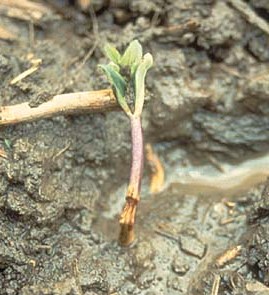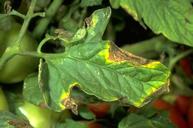Water early or use soaker hoses.
“Water in the morning” This is one of those old tried-and-true bits of advice that many think is just an old wives’ tale, but really, it makes sense. Many fungal diseases need damp, cool environments to thrive. So if our plants’ foliage is wet overnight, that gives these diseases very favorable environment in our garden. The easiest way to prevent this is to water as early in the day as possible, so that your plants can dry off before nightfall. Bottom watering with soaker hoses eliminates this issue. Yes rain will get on the leaves, but adding our own water to the plants and leaves only perpetuates the problem.
Continue reading Preventing Disease Part 3: Water Early and Insect Pests
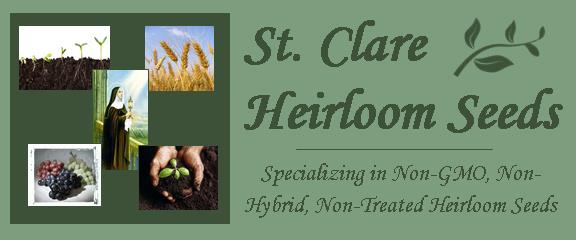
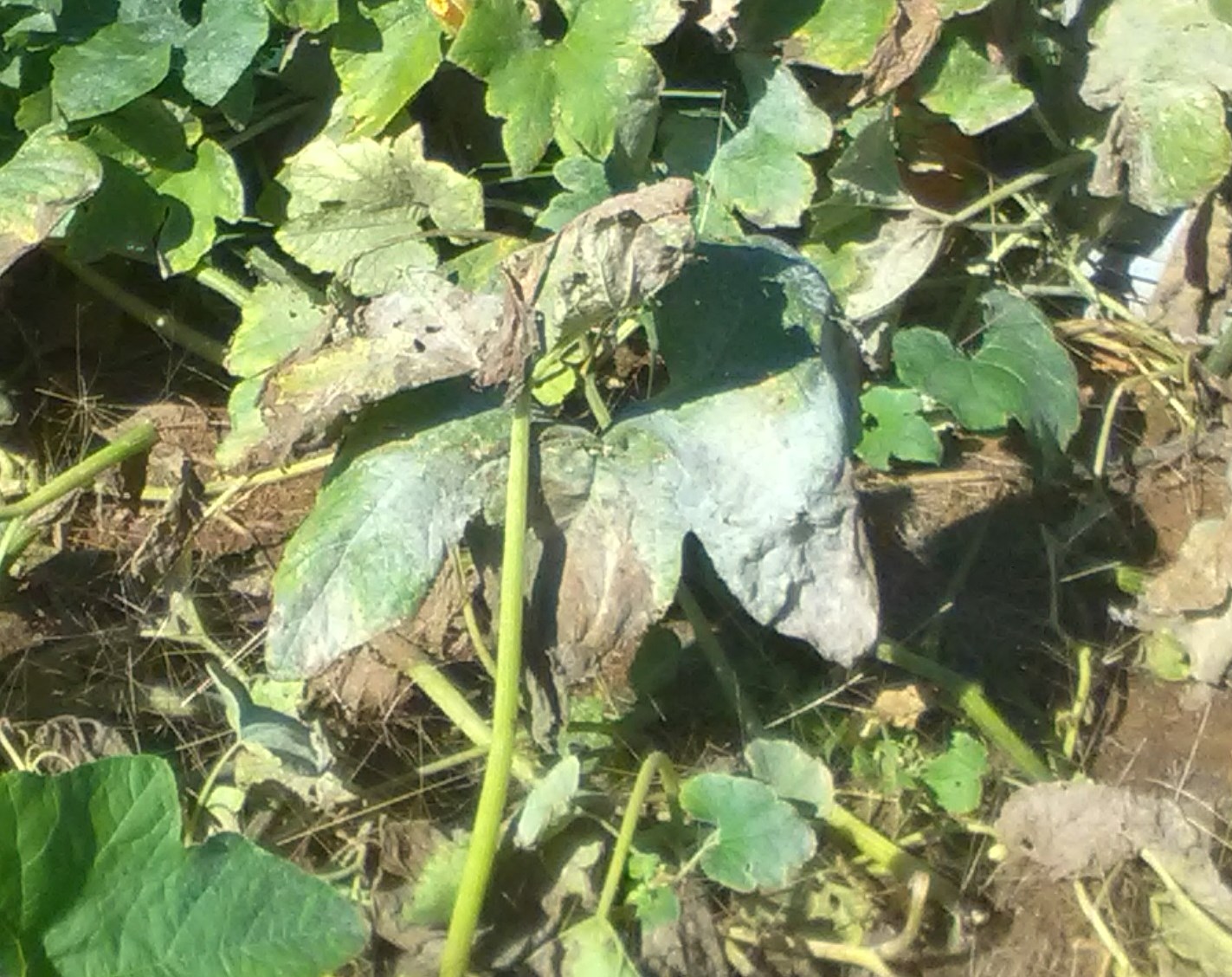
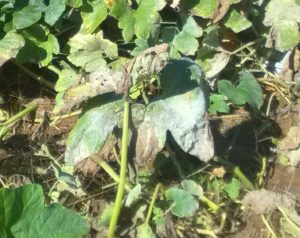 Keep diseases at bay: Some fungal diseases get a head start in our gardens because we plant when the soil is still too cool. Our plants are stressed, just trying to get a start in cooler than their ideal temperatures, putting more energy into just trying to survive, which makes them less able to fight of diseases, and before we know it, we’re dealing with sick plants. The easiest way to eliminate this problem is to allow the soil to warm and ensure that you’re not planting to early in the spring.
Keep diseases at bay: Some fungal diseases get a head start in our gardens because we plant when the soil is still too cool. Our plants are stressed, just trying to get a start in cooler than their ideal temperatures, putting more energy into just trying to survive, which makes them less able to fight of diseases, and before we know it, we’re dealing with sick plants. The easiest way to eliminate this problem is to allow the soil to warm and ensure that you’re not planting to early in the spring.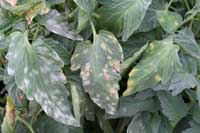
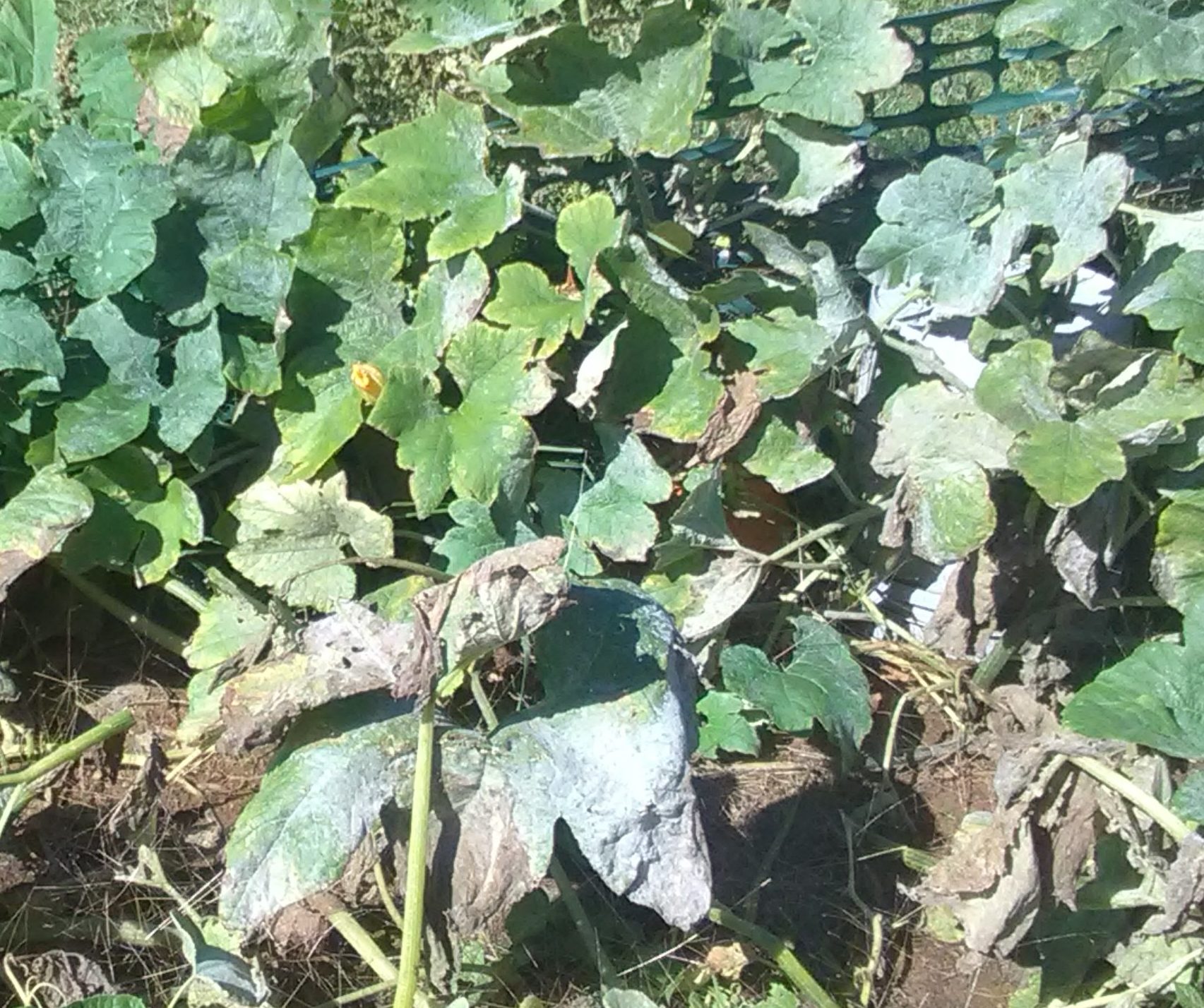
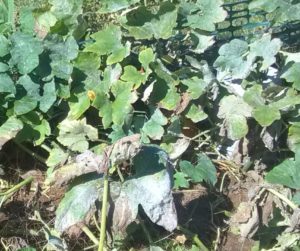 The successful management of both soil borne and foliar diseases requires a multifaceted program, taking into consideration variety selection, cultural methods, biological’s, and chemical applications approved by the Organic Materials Review Institute (OMRI) and certified organic under the United States Department of Agriculture (USDA) National Organic Program (NOP). This review emphasizes the management of foliar disease and serves as a guide to assist growers in selecting strategies to manage disease in a sustainable system.
The successful management of both soil borne and foliar diseases requires a multifaceted program, taking into consideration variety selection, cultural methods, biological’s, and chemical applications approved by the Organic Materials Review Institute (OMRI) and certified organic under the United States Department of Agriculture (USDA) National Organic Program (NOP). This review emphasizes the management of foliar disease and serves as a guide to assist growers in selecting strategies to manage disease in a sustainable system.